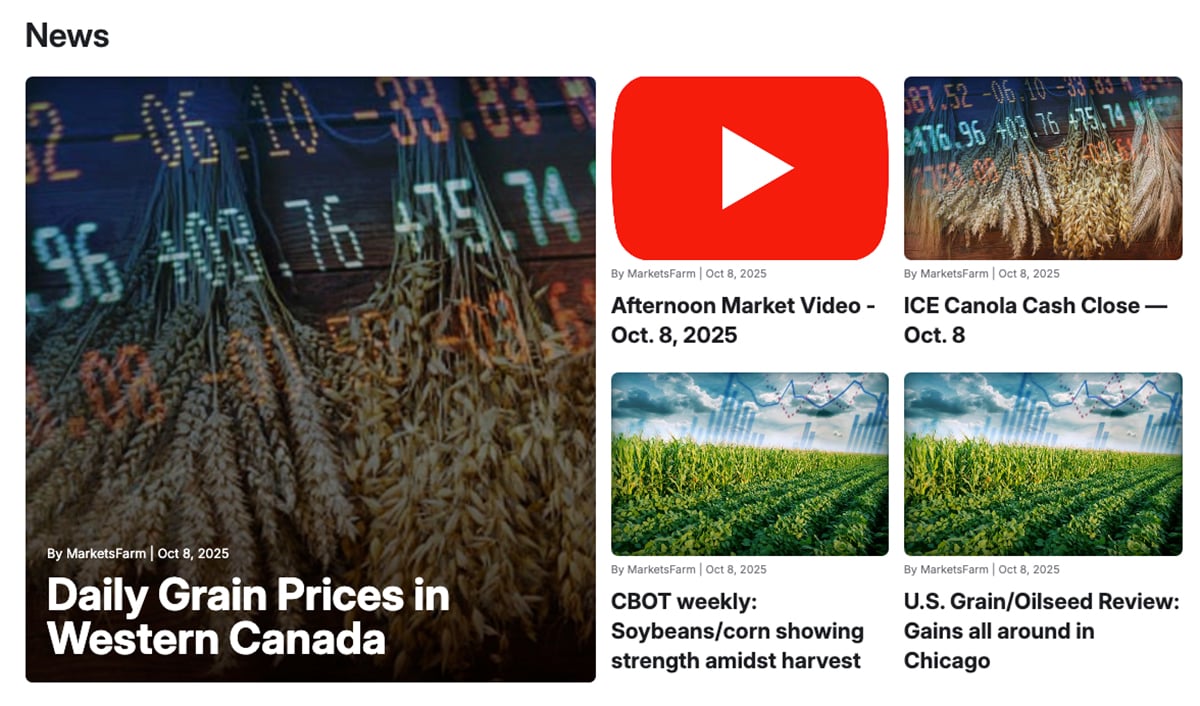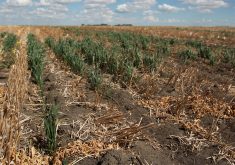SASKATOON — The growing season weather forecast does not bode well for the U.S. hard red winter wheat crop.
It was a rough start for the crop with 60 per cent of the winter wheat area experiencing some level of drought during the planting and establishment phase of development in October 2024.
However, conditions greatly improved following a wet November, and only 22 percent of the crop was in drought as of Feb. 25, 2025.
Read Also

VIDEO: Catch up with the Western Producer Markets Desk
The Western Producer Markets Desk provides daily updates on agricultural markets, with recent video commentary including looks into canola, wheat, cattle and feed grains.
Brad Rippey, meteorologist with the U.S. Department of Agriculture’s Office of the Chief Economist, said there was not much precipitation during the December through February period.
Drought conditions have improved in the central and southern Plains but are still prevalent in the northern Plains and the upper Midwest.
“That is some key winter wheat production land,” he said during a presentation at the USDA’s recent Agricultural Outlook Forum.
Winter wheat is breaking dormancy in some regions of the country. It remains to be seen how much damage was caused by cold snaps in January and February and the lack of snow cover in some regions.
South Dakota and Nebraska are two areas of concern.
A weak and short-lived La Nina weather system is on its way out and will be replaced by ENSO-neutral conditions throughout the growing season.
Rippey’s spring outlook calls for more episodic cold outbreaks, although nothing like those experienced in January and February.
There should be an active storm track across the mid-south and the lower Midwest. The recent flooding in Kentucky is a precursor of what’s to come.
A fading La Nina should also contribute to a warm, dry spring across the southwest as well as the central and southern Great Plains, causing drought development or intensification in those regions.
His summer forecast calls for a dip in the jet stream across the Midwest, which should keep extreme heat at bay in that important corn and soybean growing region.
There are also indications that a ridge of high pressure could form over the western United States, causing dryness in the northern Plains and spilling over into the upper Midwest.
Wetter conditions are expected for the Ohio Valley region.
His autumn outlook shows that there are enhanced odds of dryness across portions of the northern Plains and upper Midwest.
So that is three straight seasons where he is forecasting dry conditions throughout various portions of the Great Plains region where winter wheat is grown.
Rippey did have good news for those who rely on transporting grain down or crop inputs up the Mississippi River.
“I’m pretty optimistic that we’ll have a better river flow this year on the Mississippi after three pretty abysmal years there in the fall months,” he said.
It is already wet in the Ohio Valley, which should help sustain the flow.
“The forecasts do indicate that it’s probably not heading back into drought anytime soon, so I think the worst is behind us after three tough years of navigation,” said Rippey.
















